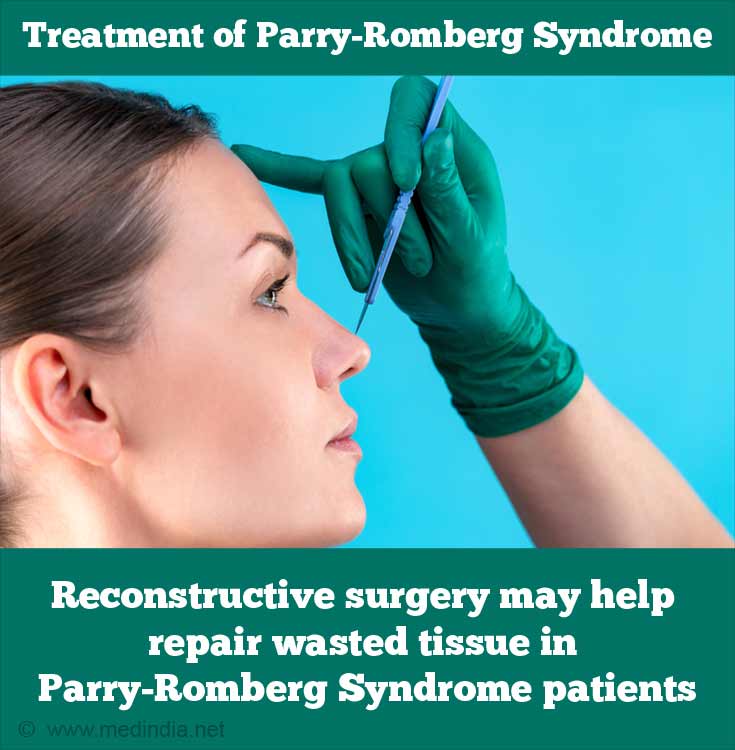How do you Diagnose Parry-Romberg Syndrome?
To diagnose Parry-Romberg Syndrome the doctor will first take a detailed medical history, perform a thorough physical examination and also check for loss of facial tissue, muscle and bone. The following specialized tests are also advised:
- Magnetic Resonance Imaging (MRI): This is an imaging technique that uses a strong magnet and high-frequency radio waves, coupled with computer technology to produce detailed cross-sectional images of the organs, tissues, and bones. MRI can be used to diagnose and monitor the progression of PRS
- Biopsy: This is a technique by which cells or tissue samples are obtained from the body by means of a fine needle (Fine Needle Aspiration Cytology or FNAC) or by using an endoscope fitted with a light, camera and miniature surgical instruments. The tissue samples are examined under a microscope to establish the presence of disease
How do you Treat Parry-Romberg Syndrome?
There is no cure for Parry-Romberg syndrome at present. The treatment involves:
- Symptomatic Treatment: Medications such as immunosuppressants and corticosteroids are used to treat autoimmune disorders such as scleroderma and other specific symptoms of trigeminal neuralgia, migraine and seizures. Treatment may require a team of specialists such as pediatricians, dentists, ophthalmologists, dermatologists, and neurologists. Seizures may be controlled with anticonvulsant drug therapy
- Reconstructive Surgery: The facial deformities may be corrected by reconstructive surgery such as grafting fat or silicone injections, implants and other plastic surgery techniques. Surgical procedures are performed only when the disease stops progressing and reaches a stable condition

How to Manage Parry-Romberg Syndrome?
Parry-Romberg Syndrome is managed by a well coordinated, comprehensive and individualistic approach between specialists such as dentists, ophthalmologists, maxillofacial surgeons and dermatologists. Drugs such as corticosteroids and immunosuppressants are mostly used in the initial stages and surgery is an option only after the disease stops progressing.








